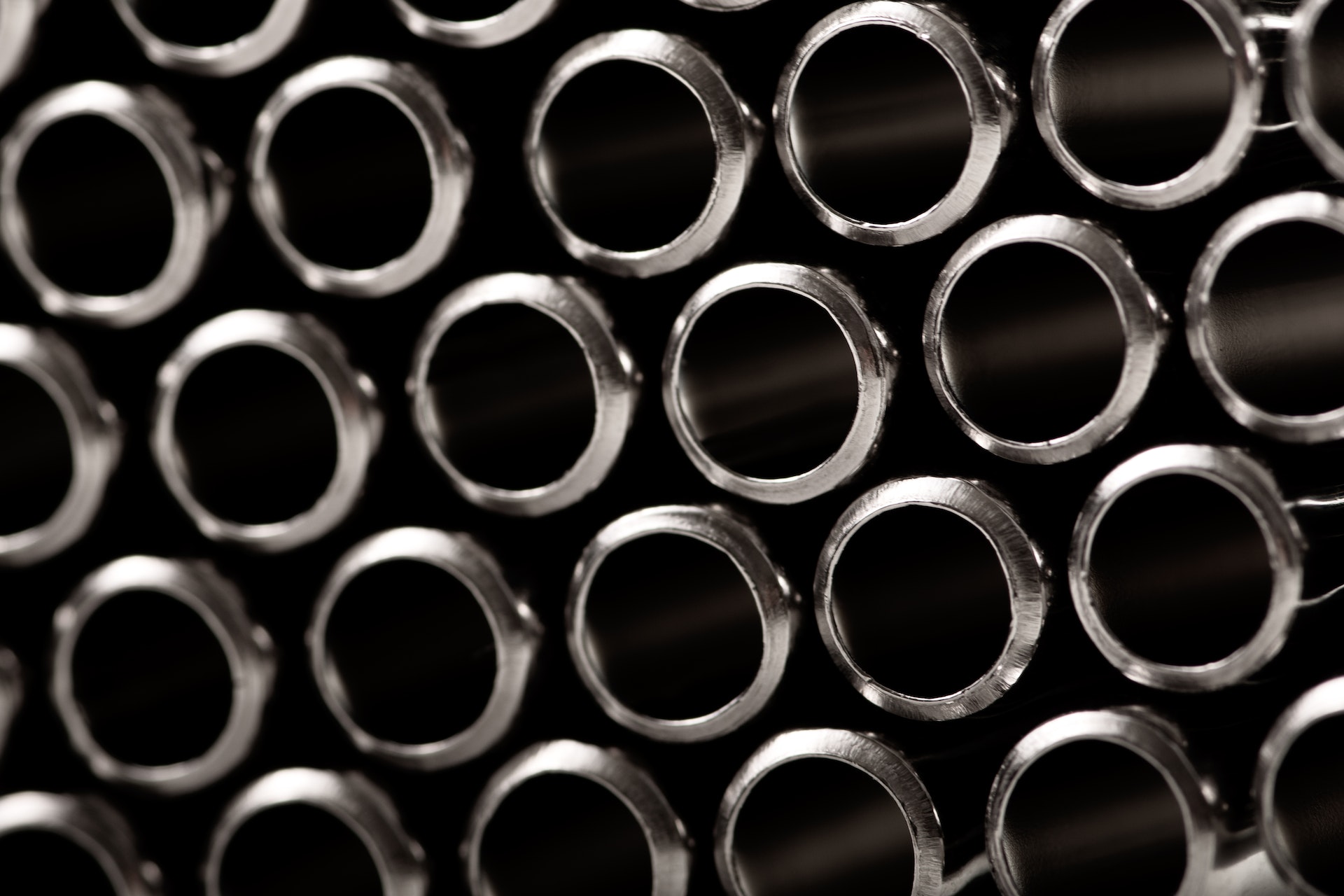What is Electroless Nickel Plating? Here’s What You Need to Know
In manufacturing, various nickel plating techniques are used to create a hard, durable surface on components intended for components that need protection against corrosion, wear resistance, and more. That layer of nickel is an opportunity to reinforce and protect a part against even harsh environments, which is why nickel plating is commonly used in aerospace and military applications in particular.
Electroless nickel plating is a version of this technique that deposits a nickel-phosphorus alloy onto the surface of a base material without the use of an electrical current. It may seem like a small distinction when compared to electroplating, but they are two entirely separate processes and should be treated as such.
The Electroless Nickel Plating Process
It’s necessary to first understand the main conventional alternative: electroplating, also known as “electrolytic nickel plating”. This process depends on an electrolyte bath, coupled with an electrical current, to function. The part to be plated needs to be created from a conductive material. After it is carefully cleaned, it is then submerged in a bath and wired to an electrical current. That current is allowed to flow freely through the component, drawing nickel ions out of the bathing solution and depositing them on the surface of the part.
Electroless nickel plating, by comparison, is a much simpler process because an electrical current is not required, nor is the material required to generate it. The part that you're working on doesn't even need to be conductive. While nickel plating is usually applied to metal substrates, you could theoretically use an electroless process to plate glass or ceramics.
After the part you're working with is thoroughly cleaned, it is then placed in a bath with a catalyst solution. The most commonly used chemical is sodium hypophosphite, although there are other options available. At that point, a chain reaction begins, depositing metal icons onto the surface of the part, forming a thin nickel-phosphorus plating over the next 24 to 48 hours.
The Main Advantages of Electroless Nickel Plating
There are many benefits to the electroless nickel plating process, chief among them being that it is more consistent, more reliable, and even more repeatable than the electrolytic alternative. Yes, the electrolytic process can be faster (although this can vary depending on the concentration of the bath, the voltage being used, etc.), but electroless nickel plating generates more repeatable results with an even, uniform thickness throughout.
Electroless nickel plating is also an ideal way to coat parts that may be irregularly shaped. Other techniques have a difficult time with characteristics like sharp edges, deep recesses, intricate seams, and more. Electroless nickel plating does not, even with some inherently complex geometries.
The electroless nickel plating process is also known for improving upon other desirable qualities that some materials already have. The phosphorus in the deposit adds an extra layer of corrosion resistance, for example. The same is true of improving a part's natural surface lubricity. When you also consider that no conductivity is required for a particular part to be plated, it's easy to see why this has become such a common technique since its inception.
The Applications of Electroless Nickel Plating
Because of the aforementioned benefits of the process, electroless nickel plating has applications in just about every industry you can think of — particularly ones like aerospace, engineering, aviation, and the military.
In aerospace, aviation, and aircraft MRO, the process is often used on most components associated with a turbine engine. You'll also see it with things like valve pumps, drive shafts, certain types of electrical and mechanical tools, and more.
Because of the superior corrosion protection that electroless nickel plating offers, it is also commonly used for fuel system components on both cars and aircraft. Fuel and other chemicals are naturally harsh and the unexpected failure of any one component could at best cause a costly inconvenience for those involved and at worst may create an incredibly dangerous situation. Electroless nickel plating is one of the techniques that professionals use to help stop that from happening.
If you need electroless plating work that meets strict specifications on a rapid turnaround, please contact us today. You can also click here to request a quote and we'll have it back to you within 24 hours.

